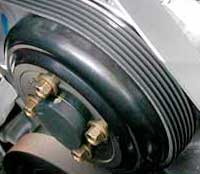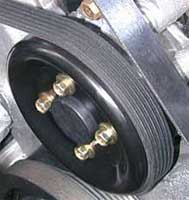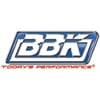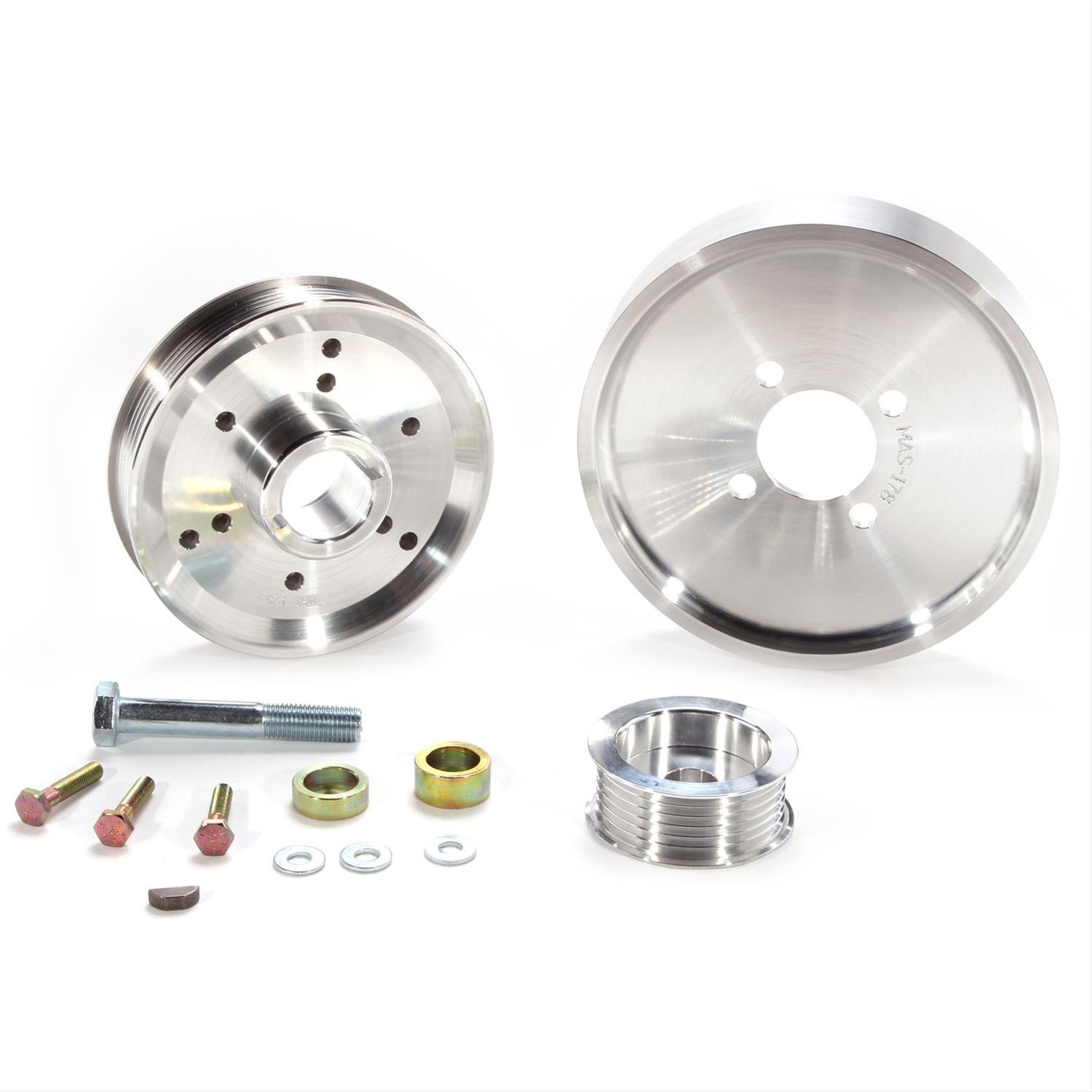Items You Need
| Ratings |
|---|
| Price |
| Brand |
Aluminum
Note: See the last page of the instructions to identify your water pump before ordering by clicking on the black TECH button next to the part #. Identification Guide for 4.6L Water Pump Pulley's
You should visually identify which pulley/pump you have before ordering regardless of model year! Mid-way through the production run for the 2000 model year Ford changed the design of the water pump on the 4.6L engine however the change is apparently based on the origin of the engine and is not specific the model year. The early style pump had a longer shaft. The later design of the pump was changed to a shorter shaft. This necessitated a change in the design of the pump pulley. Read on. The early water pump pulley had a convex or ''bowed-out'' face and the later design has a concave or ''pressed-in face''. There is no exact changeover date for the pump and pulley. It is important to visually inspect your car to see which design you have. Supposedly the changeover occurred in January of 2000, but we have seen cars with identical January build dates and different water pumps and pulleys. We have also seen the early design pulleys used on a few 2002 models, so be sure to check your vehicle before ordering.
Refer to the pictures below to determine which pulley design you have. Since there is no definitive answer as to the time line or model years, we will refer to the pulleys from each manufacturer as early and late design.
| Early Design Note: The face is (convex) bowed outward. | |||
 |  | ||
| Late Design Note: The face is (concave) despressed inward. |  |  | |
Specifications:
Motor Vehicles
WARNING: Motor vehicles contain fuel, oils and fluids, battery posts, terminals and related accessories which contain lead and lead compounds and other chemicals known to the State of California to cause cancer, birth defects and other reproductive harm. These chemicals are found in vehicles, vehicle parts and accessories, both new and as replacements. When being serviced, these vehicles generate used oil, waste fluids, grease, fumes and particulates, all known to the State of California to cause cancer, birth defects, and reproductive harm.
Tools:
WARNING: Some dust created by power sanding, sawing, grinding, drilling, and other construction activities contains chemicals known to the State of California to cause cancer and birth defects or other reproductive harm. Some examples of these chemicals are: lead from lead-based paints, crystalline silica from bricks and cement and other masonry products, and arsenic and chromium from chemically treated lumber. Your risk from exposure to these chemicals varies, depending on how often you do this type of work. To reduce your exposure, work in a well-ventilated area and with approved safety equipment, such as dust masks that are specially designed to filter out microscopic particles.
Electrical Cords
WARNING: The wires of these products contain chemicals known to the State of California to cause cancer and birth defects or other reproductive harm. Wash hands after handling.





